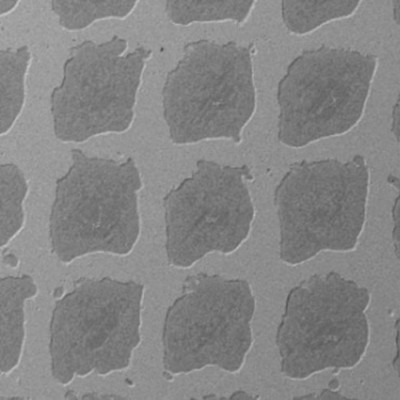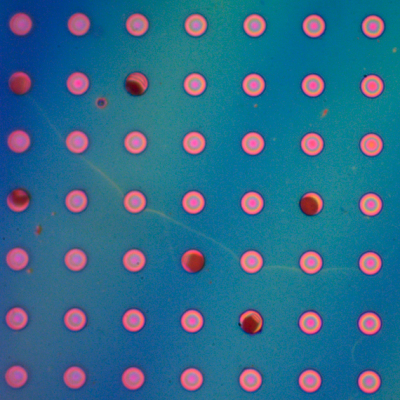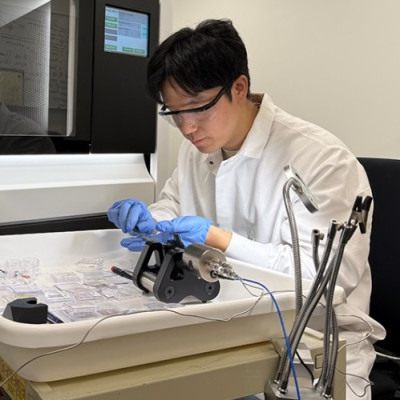CEMEX signed the agreement with Carbon Upcycling, a leading company in the development of nanomaterials derived from the use of CO2 for industrial use, through its corporate venture capital unit, CEMEX Ventures.
While CEMEX uses approximately 3 million tons of industrial residue each year, as additions to cement and concrete, a large portion of industrial waste produced annually cannot be recycled due to its low reactivity. Large quantities of residue or by-products are deposited in landfills and dumpsites, creating significant economic, environmental, and social costs.
This initiative seeks to increase industrial residue's reactivity property, allowing more availability of additions with cementitious qualities. With this venture, CEMEX expects to double its current use of industrial residue to consume annually 6 million tons by 2030, thereby reducing its carbon footprint significantly.
Carbon Upcycling technology transforms residues such as fly ash and slag, making them more reactive and increasing their cementitious properties. The use of CO2 previously captured, combined with a physical transformation of the material during the process, generates a new addition for the cement that allows the production of concrete with a low environmental footprint. The improvement in the cementitious capacity of materials achieved by the Carbon Upcycling technology will expand the range of sources that can be used to reduce the amount of clinker needed in cement production and the amount of cement required in concrete.
The agreement will begin with a coordinated analysis between CEMEX and Carbon Upcycling and its implementation on an industrial scale. The know-how and experience in materials science of CEMEX's Global R&D, in addition to Carbon Upcycling's innovative process, would generate synergies that accelerate the development and industrialization of the technology.
CEMEX and Carbon Upcycling anticipate initial results from this joint research and development effort by mid-2021.
"This agreement with Carbon Upcycling is yet another example of our determination to deliver net-zero CO2 concrete products globally by 2050," said Gonzalo Galindo, Head of CEMEX Ventures. "Our roadmap to achieve this global ambition involves continuing to innovate our technology internally while, at the same time, continuing to seek complementary innovation outside of CEMEX through investments in startups, consortia, and high-value collaboration agreements such as the one reached with Carbon Upcycling."
"We're thrilled to be partnering with CEMEX Ventures on this initiative and working with CEMEX to achieve their net-zero CO2 commitment," said Apoorv Sinha, CEO of Carbon Upcycling Technologies. "Investigating industrial residue that could be upcycled will unlock the applicability of our technology to achieve emissions reduction in concrete products globally.
This works towards a larger vision of beneficiating under-utilized materials, such as natural pozzolanic materials, to reduce the use of portland cement in commercial concrete mixes. We've already shown the ability to reduce cement use by over 10% in field deployments across Calgary and are confident that this number can be significantly improved with further research and development."
Read the original article on CEMEX.







